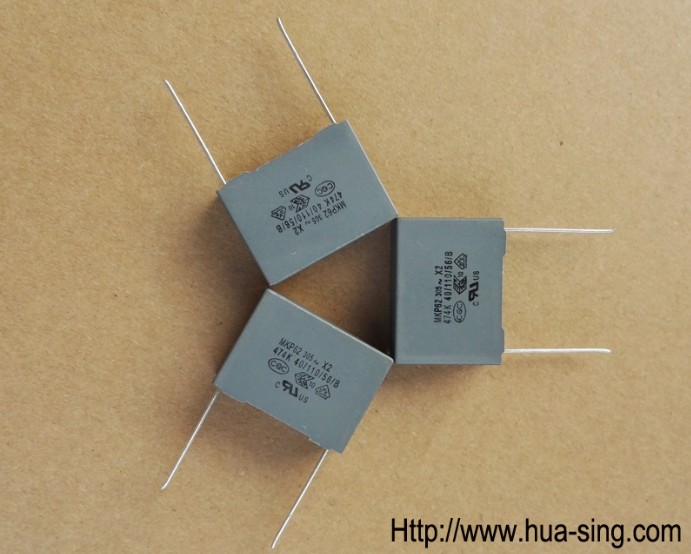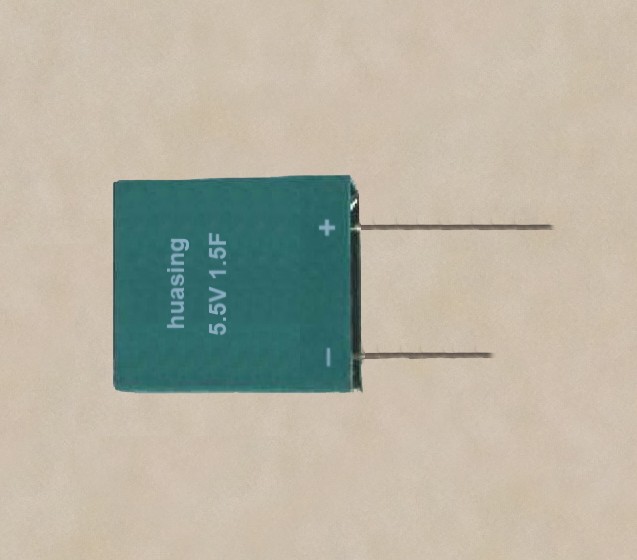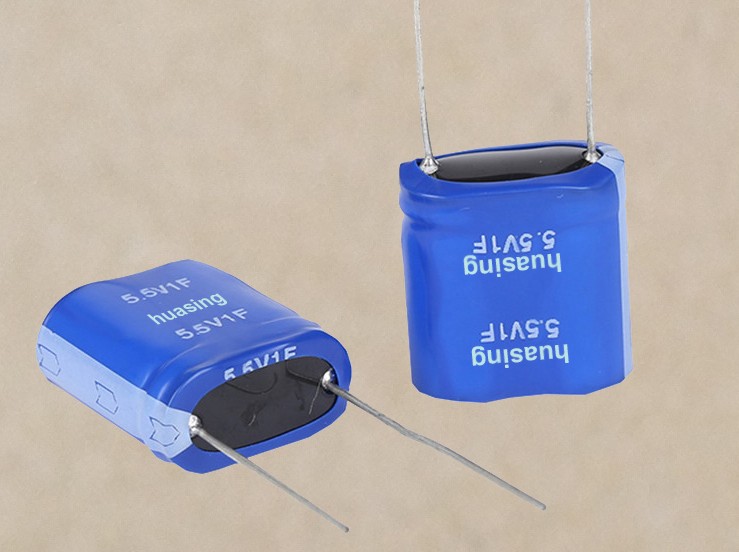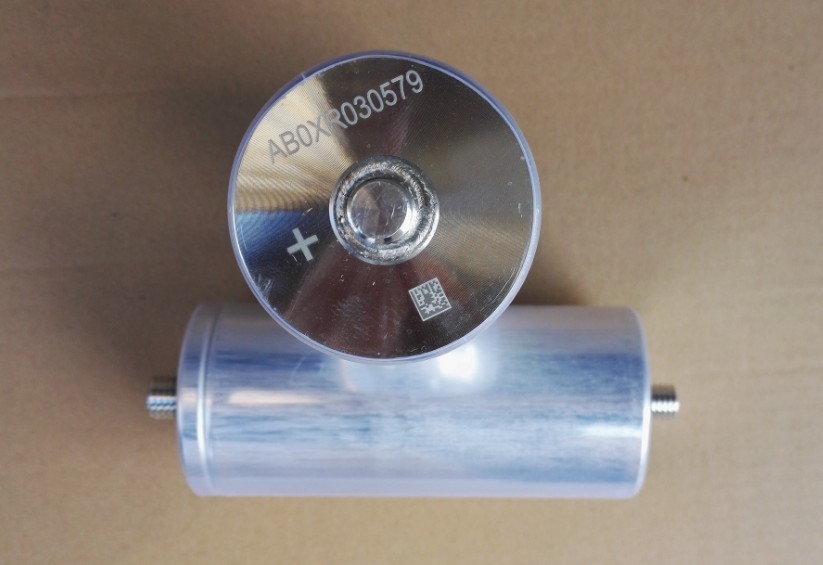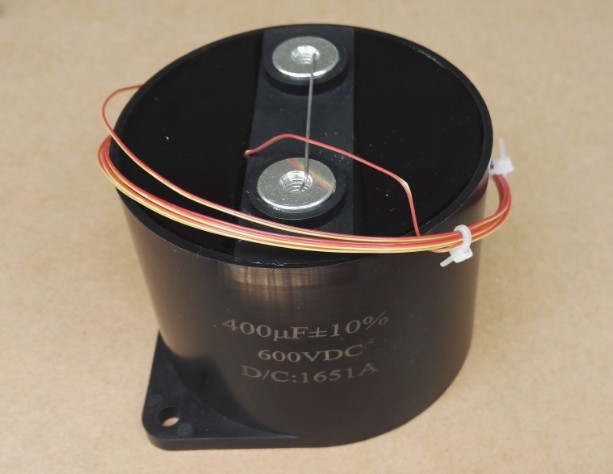Hermetically Sealed Aluminum Electrolytic Capacitors Replace Banks of Wet Tantalum
6/30/2016 6:51:10 PM
Hermetically Sealed Aluminum Electrolytic Capacitors Replace Banks of Wet Tantalum
Press release date: June 20, 2016
Cornell Dubilier Electronics, Inc. (CDE) introduces the world’s only hermetic aluminum electrolytic capacitor with a glass-to-metal seal. With no dry-out mechanism and high capacitance retention at low temperatures, this technology is poised to replace banks of costly wet tantalum capacitors.Liberty, SC – Cornell Dubilier Electronics, Inc. (CDE) introduces its Slimpack, type MLSH, the first in a series of hermetically sealed aluminum electrolytic capacitors that the company plans to introduce over the next several months. With its glass-to-metal seal that prevents dry-out, this capacitor technology has extraordinarily long life to meet the most demanding applications for military and aerospace.
The hermetic Slimpack is a spin-off of the non-hermetic Flatpack series that the company has been supplying to military and aerospace customers for more than 20 years. The company expects this technology to replace parallel and series banks of wet tantalum capacitors for new and existing designs, especially where bulk storage is paramount. According to the company, the MLSH Slimpack measuring 1.0” x 1.5” x 0.5” will weigh less and will have more capacitance than a parallel bank of 3 or more wet tantalum capacitors as at -55 °C. High capacitance at low temperature is a key requirement for power supplies used in military and aerospace applications.
In addition to its performance advantages at low temperature, the technology is expected to have a significantly lower cost than a comparable bank of wet tantalum capacitors.
Since its founding in 1909, CDE has been dedicated to advancing capacitor technology for new applications. The company combines innovative products with engineering expertise to provide reliable component solutions for inverters, wind and solar power, electric vehicles, power supplies, motor drives, HVAC, motors, welding, aerospace, telecom, medical equipment and UPS systems.

 Tel:86 0513 65085106 Fax:86 0513 81164838
Tel:86 0513 65085106 Fax:86 0513 81164838 